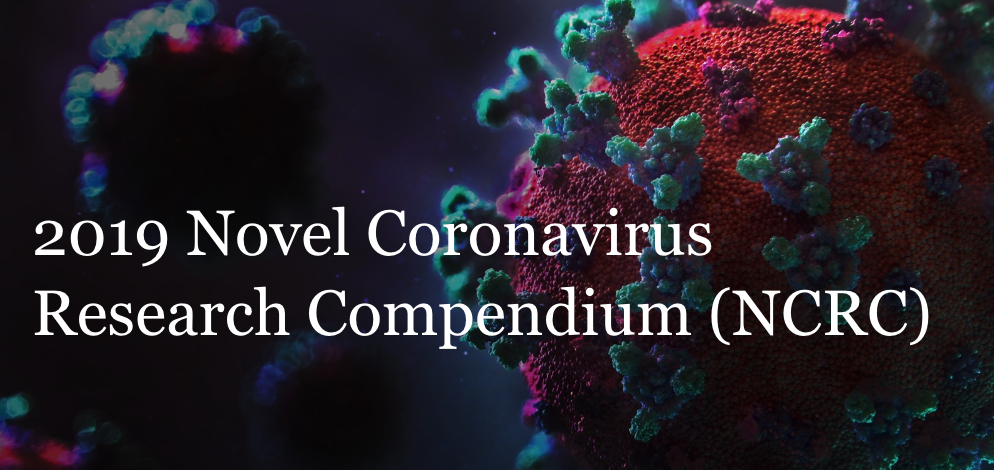Vaccination with BNT162b2 reduces transmission of SARS-CoV-2 to household contacts in Israel
This article has been Reviewed by the following groups
Discuss this preprint
Start a discussion What are Sciety discussions?Listed in
Abstract
The effectiveness of vaccines against COVID-19 on the individual level is well established. However, few studies have examined vaccine effectiveness against transmission. We used a chain binomial model to estimate the effectiveness of vaccination with BNT162b2 [Pfizer-BioNTech messenger RNA (mRNA)-based vaccine] against household transmission of severe acute respiratory syndrome coronavirus 2 (SARS-CoV-2) in Israel before and after emergence of the B.1.617.2 (Delta) variant. Vaccination reduced susceptibility to infection by 89.4% [95% confidence interval (CI): 88.7 to 90.0%], whereas vaccine effectiveness against infectiousness given infection was 23.0% (95% CI: −11.3 to 46.7%) during days 10 to 90 after the second dose, before 1 June 2021. Total vaccine effectiveness was 91.8% (95% CI: 88.1 to 94.3%). However, vaccine effectiveness is reduced over time as a result of the combined effect of waning of immunity and emergence of the Delta variant.
Article activity feed
-
-

Our take
This preprint, which has not yet been peer-reviewed, used a representative sample from a quarter of the Israeli population and included households with ≥1 individual who was infected with SARS-CoV-2 and ≥2 household members (n=253,564 individuals across 65,624 households). The study demonstrated that two doses of the Pfizer-BioNTech vaccine was highly effective for reducing SARS-CoV-2 transmission within Israeli households between June 2020 and March 2021. This effectiveness was the result of vaccinated people having an 81% lower risk of becoming infected and, if infected, a 41% lower infectiousness. These results clearly illustrate the importance of ongoing efforts to increase vaccine uptake to reduce the risk of transmitting SARS-CoV-2. The effectiveness of vaccines to prevent transmission should continue to be …
Our take
This preprint, which has not yet been peer-reviewed, used a representative sample from a quarter of the Israeli population and included households with ≥1 individual who was infected with SARS-CoV-2 and ≥2 household members (n=253,564 individuals across 65,624 households). The study demonstrated that two doses of the Pfizer-BioNTech vaccine was highly effective for reducing SARS-CoV-2 transmission within Israeli households between June 2020 and March 2021. This effectiveness was the result of vaccinated people having an 81% lower risk of becoming infected and, if infected, a 41% lower infectiousness. These results clearly illustrate the importance of ongoing efforts to increase vaccine uptake to reduce the risk of transmitting SARS-CoV-2. The effectiveness of vaccines to prevent transmission should continue to be studied as new variants of concern, including Delta, continue to emerge.
Study design
retrospective-cohort
Study population and setting
established, few studies have addressed its ability to reduce transmission in a population. This study describes the impact of the Pfizer-BioNTech vaccine on household transmission in Israel between June 15, 2020, and March 24, 2021. Data were collected from the Maccabi Healthcare Services database, which covers a representative sample of about 1/4 of the Israeli population. The study population included households with at least one SARS-CoV-2 infected individual and at least two household members (253,564 individuals from 65,624 households). Researchers used two different time-to-event models to calculate estimates of vaccine effectiveness against vaccine breakthrough infection (given known exposure) and transmission.
Summary of main findings
Using a mechanistic model for household transmission, researchers estimated that vaccination (two doses of Pfizer-BioNTech) was 80.5% (CI: 78.9-82.1) effective against breakthrough infection (given exposure) and 41.3% (CI: 9.5-73.0) effective at reducing infectiousness in cases of vaccine breakthrough. Combining these two reductions of risk, this model estimated that vaccination led to an 88.5% (CI: 82.3-94.8) reduction in overall transmission risk for this population. An alternative model, based on an infection-hazard approach, estimated a 92.3% (CI: 90.2-94.5) reduction in hazard of infection, given exposure of a vaccinated household member to an infected, unvaccinated household member, as well as a 78.6% (CI: 74.5-82.7) reduction in hazard of infection, given exposure of an unvaccinated household member to an infected, vaccinated household member. While these models approach vaccine-associated risk reduction from different perspectives and are not directly comparable, they both demonstrate clear associations between vaccination and reductions in breakthrough infection and transmission.
Study strengths
Study data were collected from a well-maintained, state-sponsored database that covers a large, representative sample of the Israeli population. Models were adjusted for age, time-varied risk (based on community-level outbreak levels), and vaccination status of all household members. Two distinct models with different approaches provided similar conclusions regarding the impact of vaccination on SARS-CoV-2 breakthrough infection and transmission.
Limitations
Time of infection and duration of infectiousness were estimated using data augmentation. If individuals included in this dataset were infected but not tested (due to asymptomatic or mild infection), they would have been misclassified as uninfected. Analysis was restricted by household size and the requirement that one individual test positive for SARS-CoV-2. This study was completed prior to the rise of the Delta variant and does not capture its likely significant impact on vaccine effectiveness against breakthrough infection and transmission.
Value added
This large-scale study demonstrated that widespread vaccination with the Pfizer-BioNTech vaccine led to reduced SARS-CoV-2 transmission in households in Israel between June 2020 and March 2021.
-

SciScore for 10.1101/2021.07.13.21260393: (What is this?)
Please note, not all rigor criteria are appropriate for all manuscripts.
Table 1: Rigor
NIH rigor criteria are not applicable to paper type.Table 2: Resources
Software and Algorithms Sentences Resources Data sources: We used data from Maccabi Healthcare Services (MHS) centralized computerized database, which captures all data on members’ healthcare-related interactions (including demographics, inpatient and outpatient visits, diagnoses, procedures etc). Maccabi Healthcaresuggested: NoneResults from OddPub: We did not detect open data. We also did not detect open code. Researchers are encouraged to share open data when possible (see Nature blog).
Results from LimitationRecognizer: An explicit section about the limitations of the techniques employed in this study was not found. We …SciScore for 10.1101/2021.07.13.21260393: (What is this?)
Please note, not all rigor criteria are appropriate for all manuscripts.
Table 1: Rigor
NIH rigor criteria are not applicable to paper type.Table 2: Resources
Software and Algorithms Sentences Resources Data sources: We used data from Maccabi Healthcare Services (MHS) centralized computerized database, which captures all data on members’ healthcare-related interactions (including demographics, inpatient and outpatient visits, diagnoses, procedures etc). Maccabi Healthcaresuggested: NoneResults from OddPub: We did not detect open data. We also did not detect open code. Researchers are encouraged to share open data when possible (see Nature blog).
Results from LimitationRecognizer: An explicit section about the limitations of the techniques employed in this study was not found. We encourage authors to address study limitations.Results from TrialIdentifier: No clinical trial numbers were referenced.
Results from Barzooka: We did not find any issues relating to the usage of bar graphs.
Results from JetFighter: We did not find any issues relating to colormaps.
Results from rtransparent:- Thank you for including a conflict of interest statement. Authors are encouraged to include this statement when submitting to a journal.
- Thank you for including a funding statement. Authors are encouraged to include this statement when submitting to a journal.
- Thank you for including a protocol registration statement.
Results from scite Reference Check: We found no unreliable references.
-


